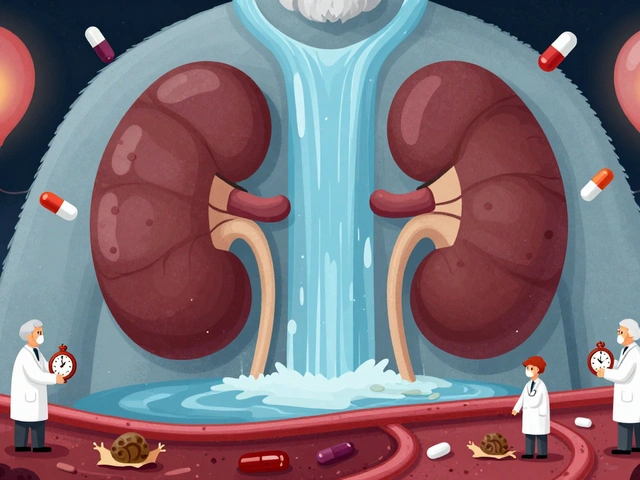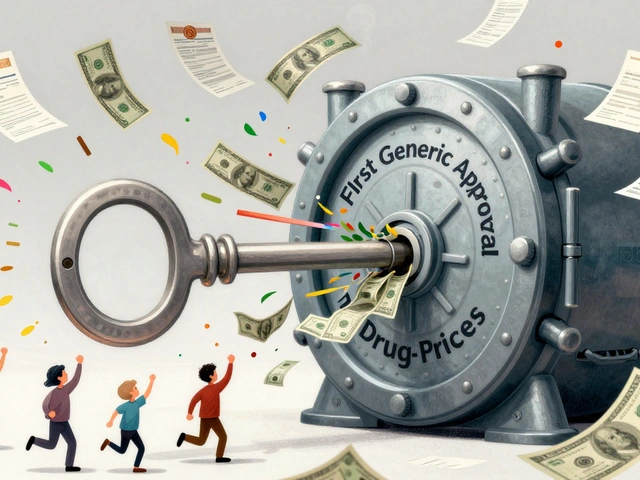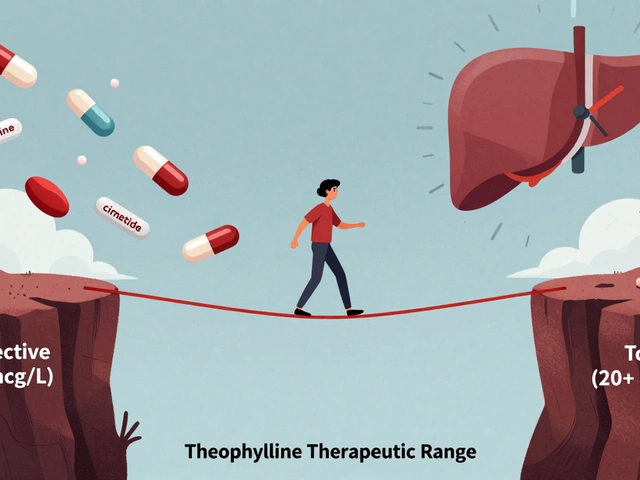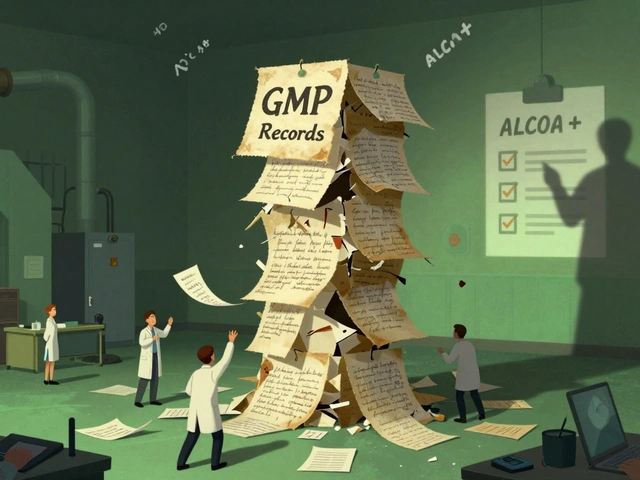Antiretroviral Therapy (ART): Essential Guide for Everyone
If you or someone you know has HIV, the first thing you’ll hear is "start ART now." It sounds simple, but there’s a lot behind those three letters. This guide breaks down the basics, so you can understand what ART does, which drugs are common, and how to stay on track without feeling lost.
How ART Works and Why It Matters
ART is a mix of medicines that target the HIV virus at different stages of its life cycle. By blocking the virus from copying itself, the drugs keep the viral load low, protect the immune system, and drastically cut the risk of transmitting HIV to others. The goal isn’t a cure – it’s to turn HIV into a manageable chronic condition.
The most popular first‑line regimen in 2025 combines two nucleoside reverse transcriptase inhibitors (NRTIs) with an integrase strand transfer inhibitor (INSTI). NRTIs like tenofovir and emtricitabine act like fake building blocks, while the INSTI (often dolutegravir or bictegravir) stops the viral DNA from inserting into your cells. This three‑drug combo hits the virus hard and keeps side effects relatively low.
Sticking to the schedule matters more than the number of pills. Missing doses lets the virus rebound, which can lead to resistance. Most modern ART pills are once‑daily, and many are single‑tablet combos, so you only need to remember one pill a day.
Choosing the Right ART Regimen
Doctors pick a regimen based on several factors: your overall health, kidney and liver function, other meds you’re taking, and even your lifestyle. For example, if you have kidney issues, they might avoid tenofovir disoproxil fumarate and choose tenofovir alafenamide instead.
Side effects vary but are usually mild. Common complaints include nausea, headaches, or a temporary feeling of fatigue when you first start. Some people notice weight gain with certain INSTIs, while others get insomnia with efavirenz. The key is to talk to your provider early – they can switch drugs or adjust doses before a problem becomes big.
Regular monitoring is part of the plan. Blood tests every 3–6 months check viral load, CD4 count, and organ health. If the viral load stays undetectable (usually below 20 copies/ml) for six months, you’re on the right track.
Adherence tools can help: set a daily alarm, use a pillbox, or link your dose to a routine activity like brushing teeth. Many pharmacies now offer refill reminders via text or app, which cuts down on missed pickups.
Pregnancy adds extra steps. Certain drugs are safer for the baby, so clinicians often switch to a regimen that protects both mother and child. Remember, untreated HIV during pregnancy carries higher risks than any medication side effect.
Lastly, don’t ignore mental health. Stigma, anxiety, or depression can make it harder to stay on therapy. Reach out to support groups, counselors, or online forums – staying connected boosts your chances of long‑term success.
Antiretroviral therapy isn’t magic, but it’s the best tool we have to keep HIV under control. Understanding how it works, picking the right drugs, and building habits to stick with it can turn a daunting diagnosis into a manageable part of life.
Atazanavir & Mobile Health: Boosting HIV Care with Digital Tools
Explore how Atazanavir fits into modern HIV treatment and how mobile health apps improve adherence, monitoring, and outcomes for people living with HIV.






